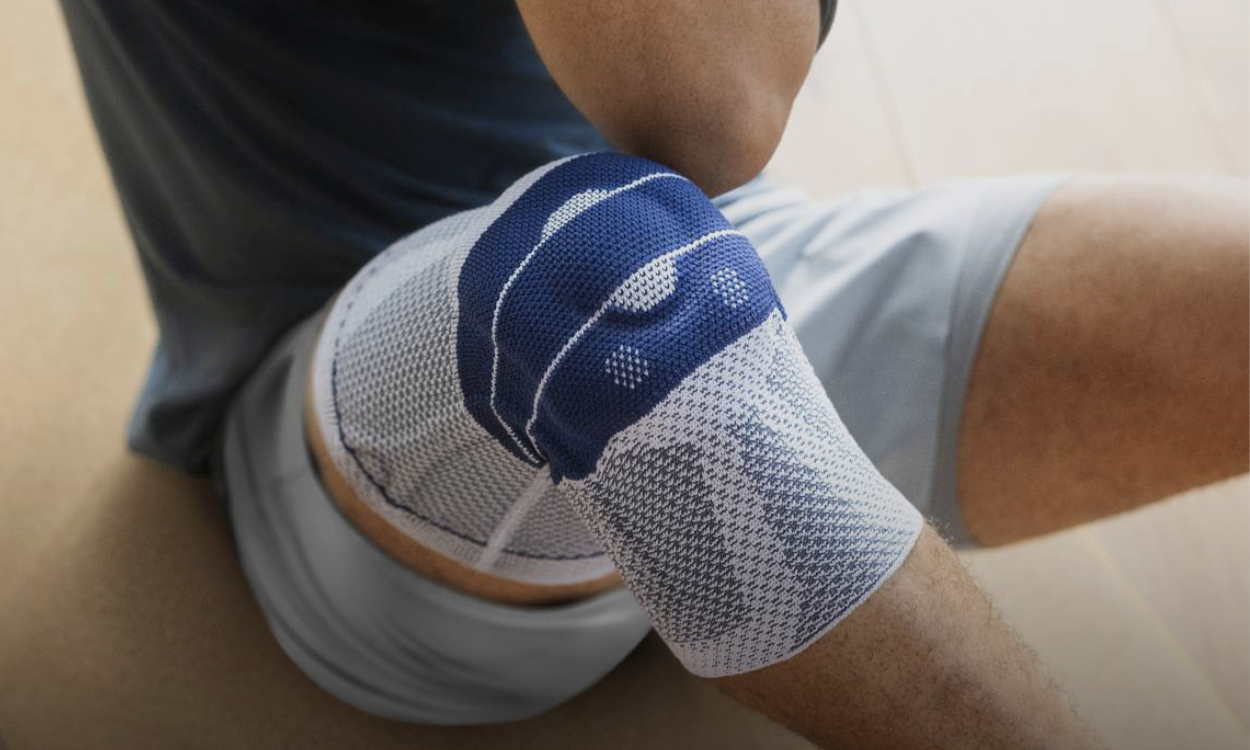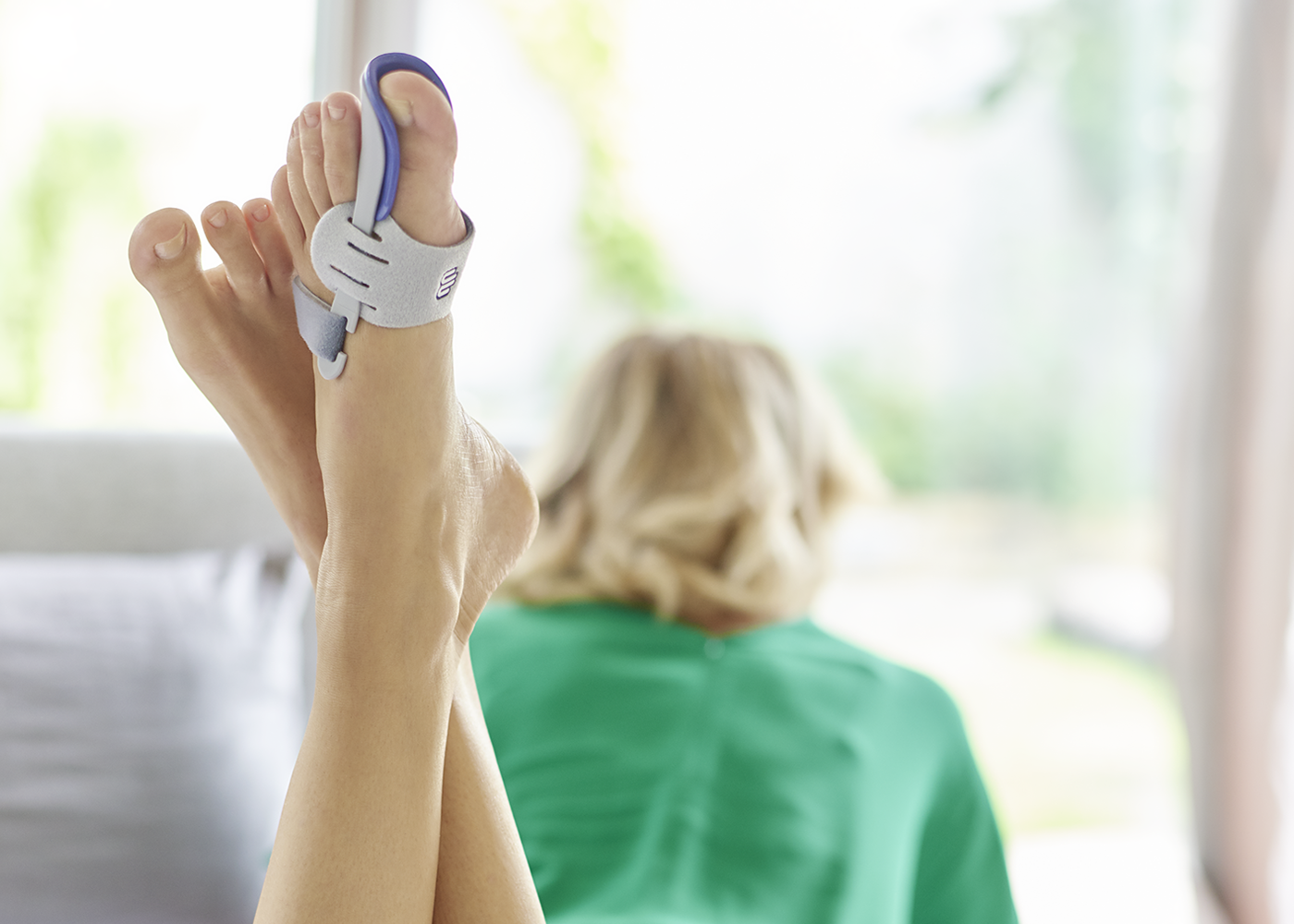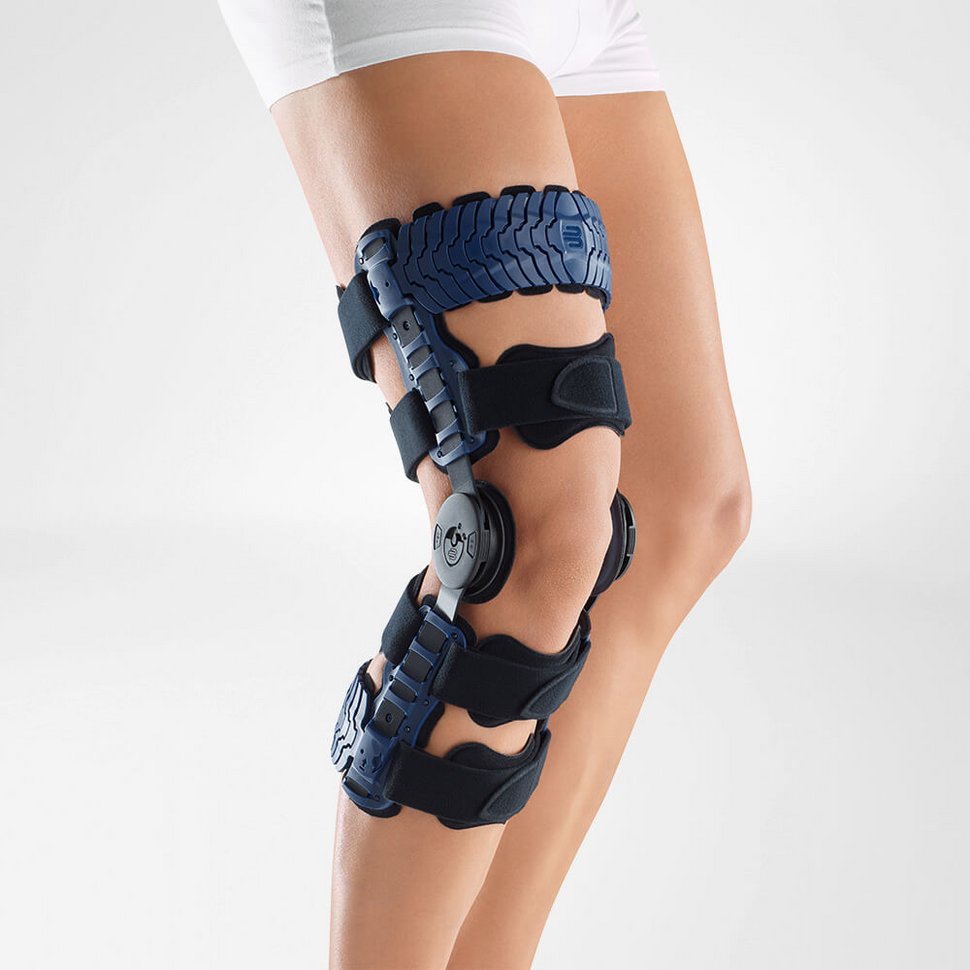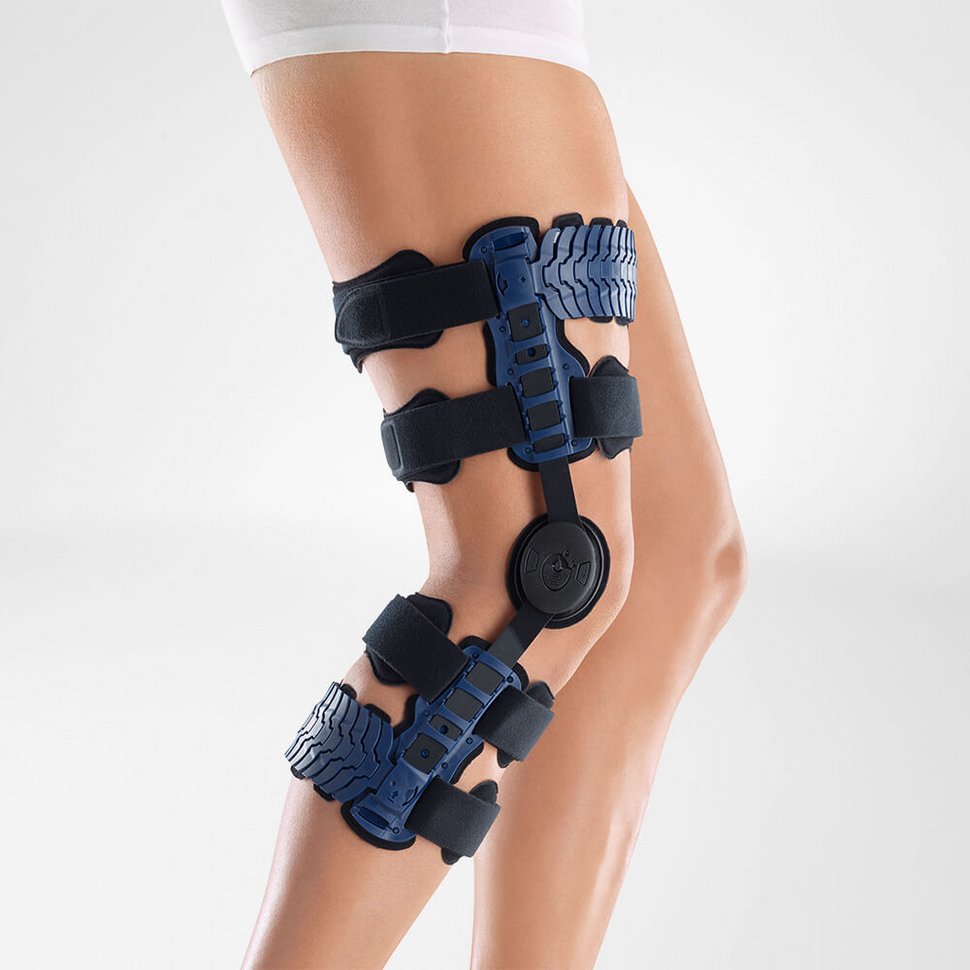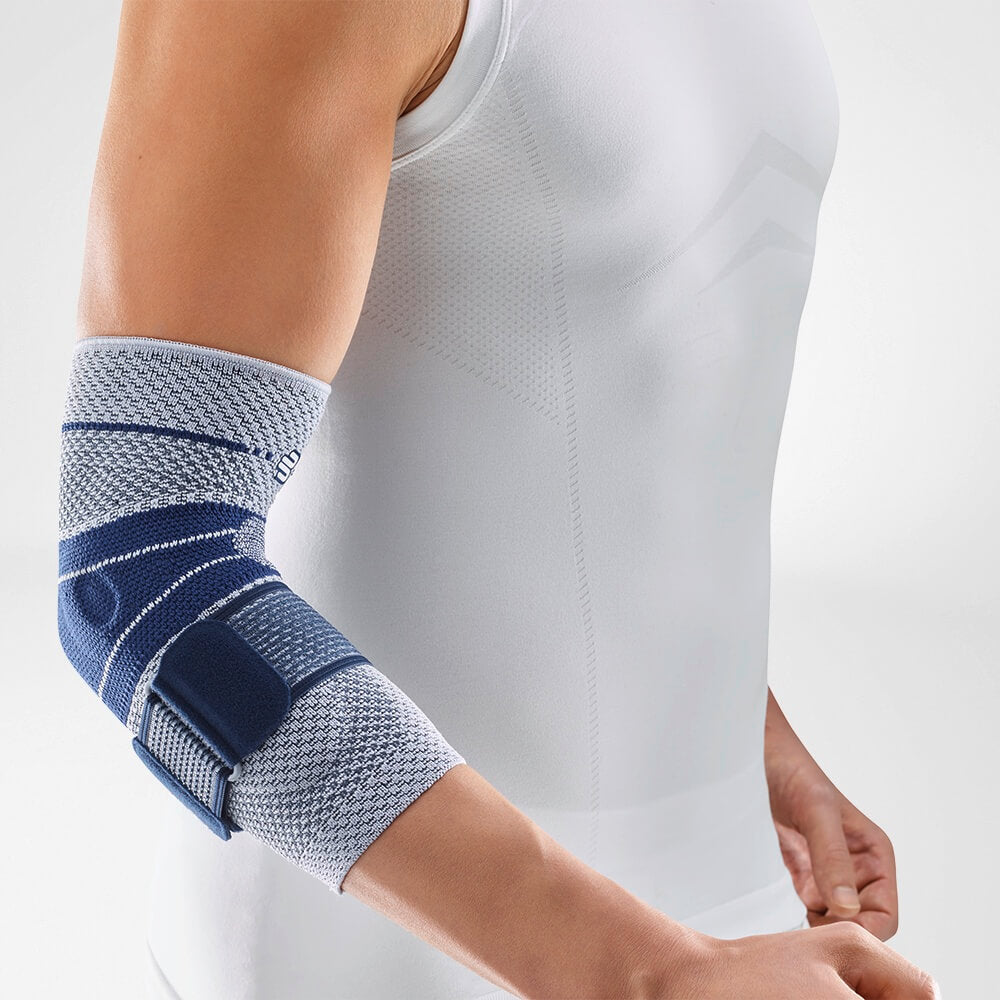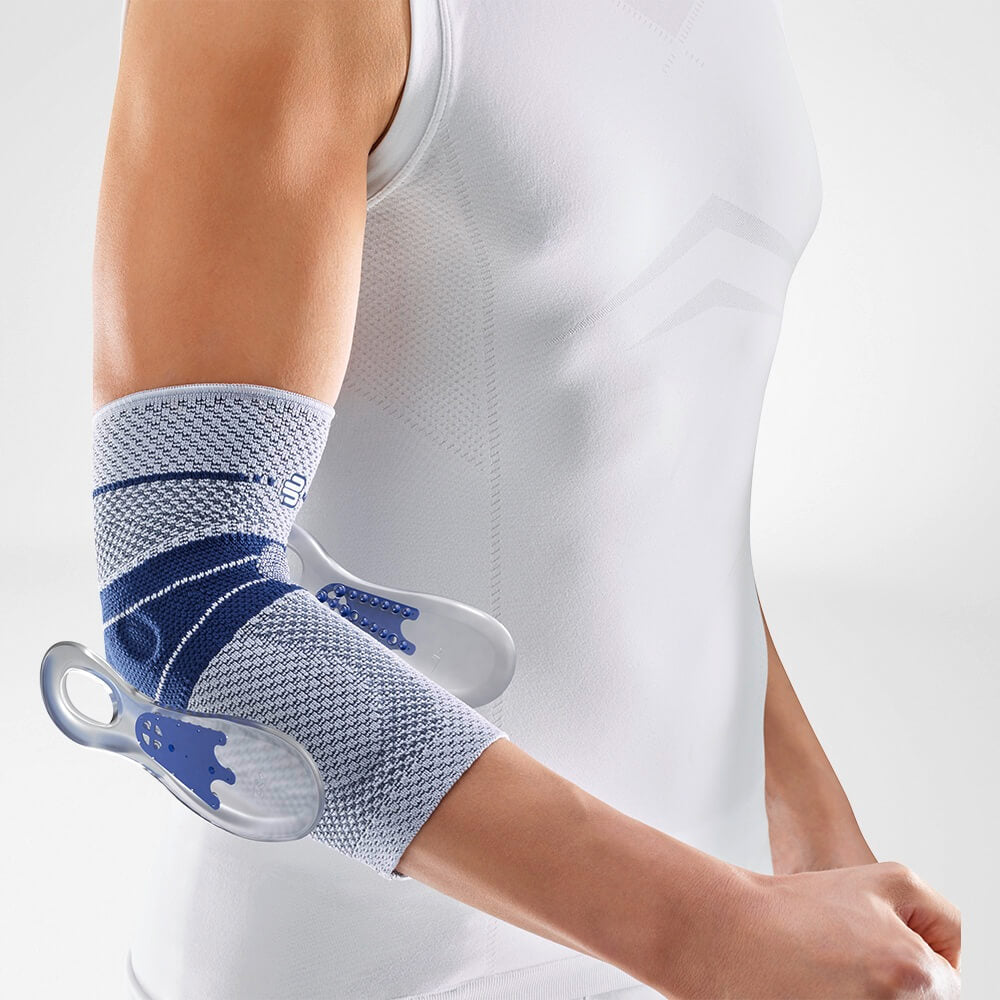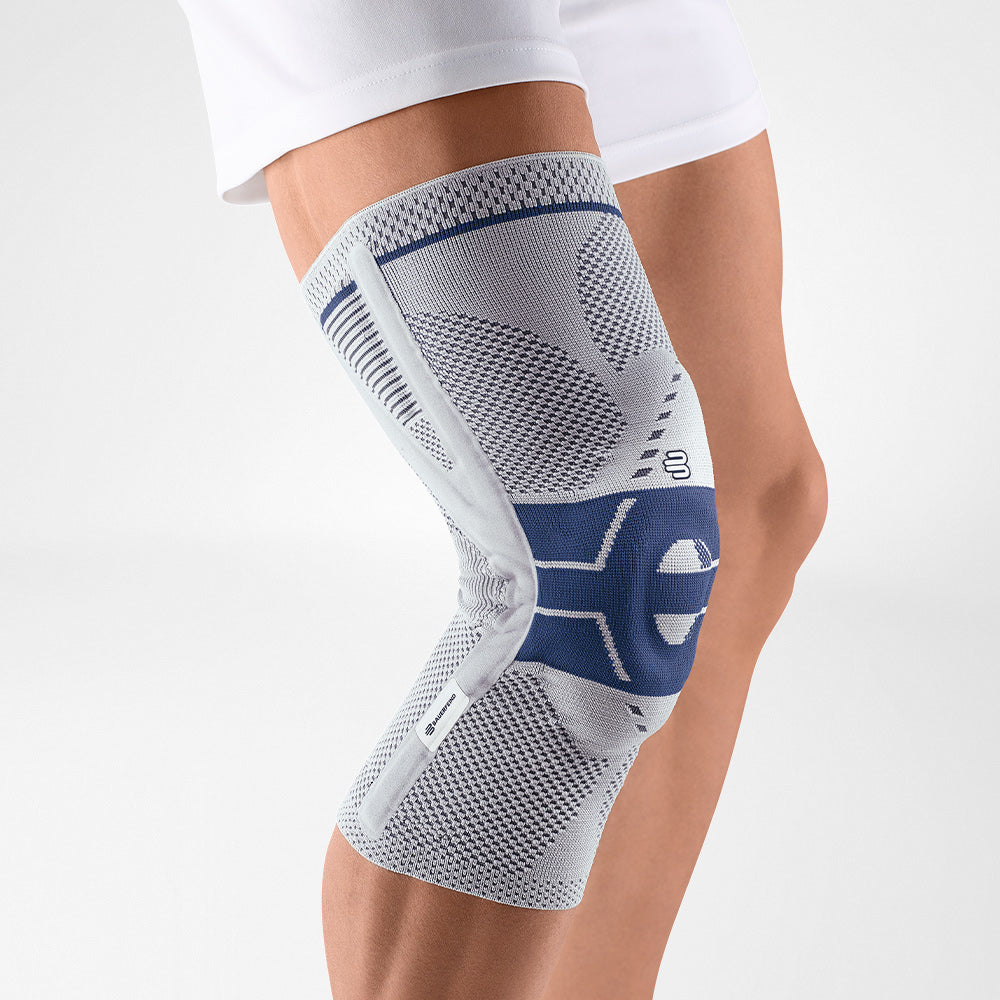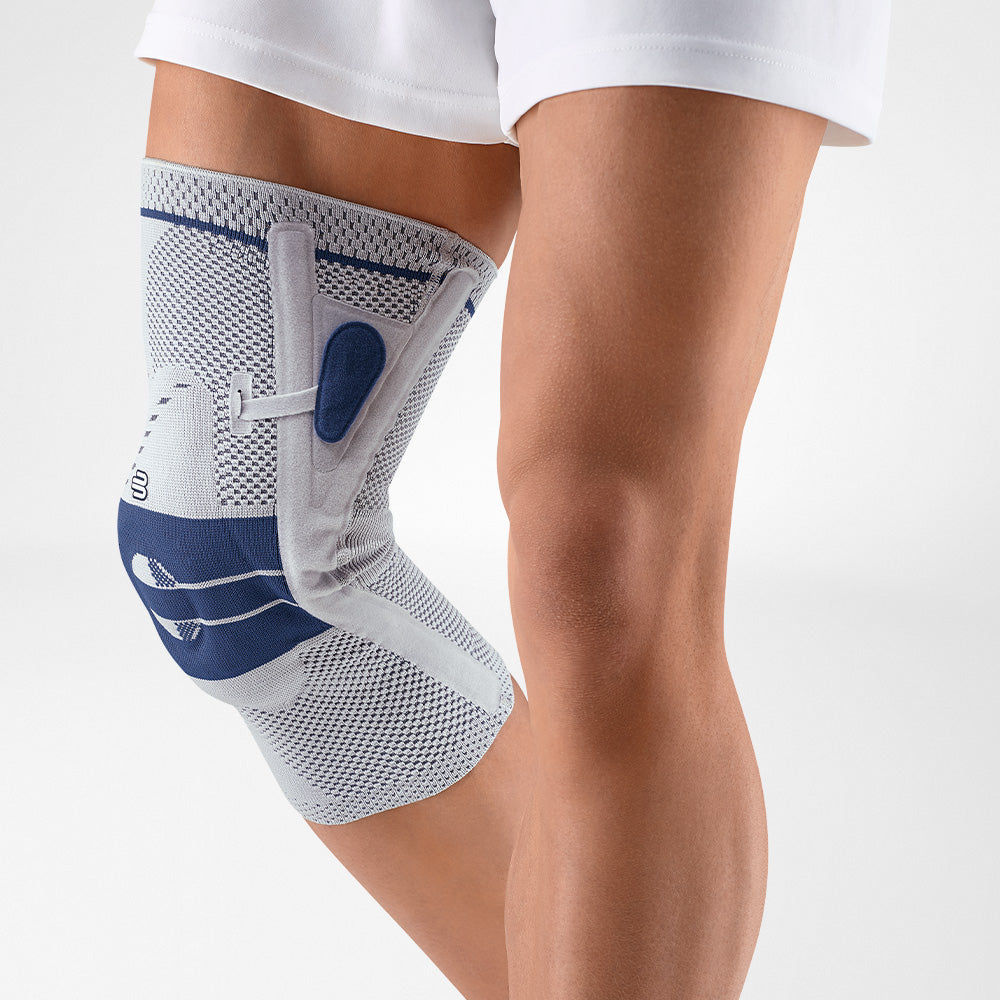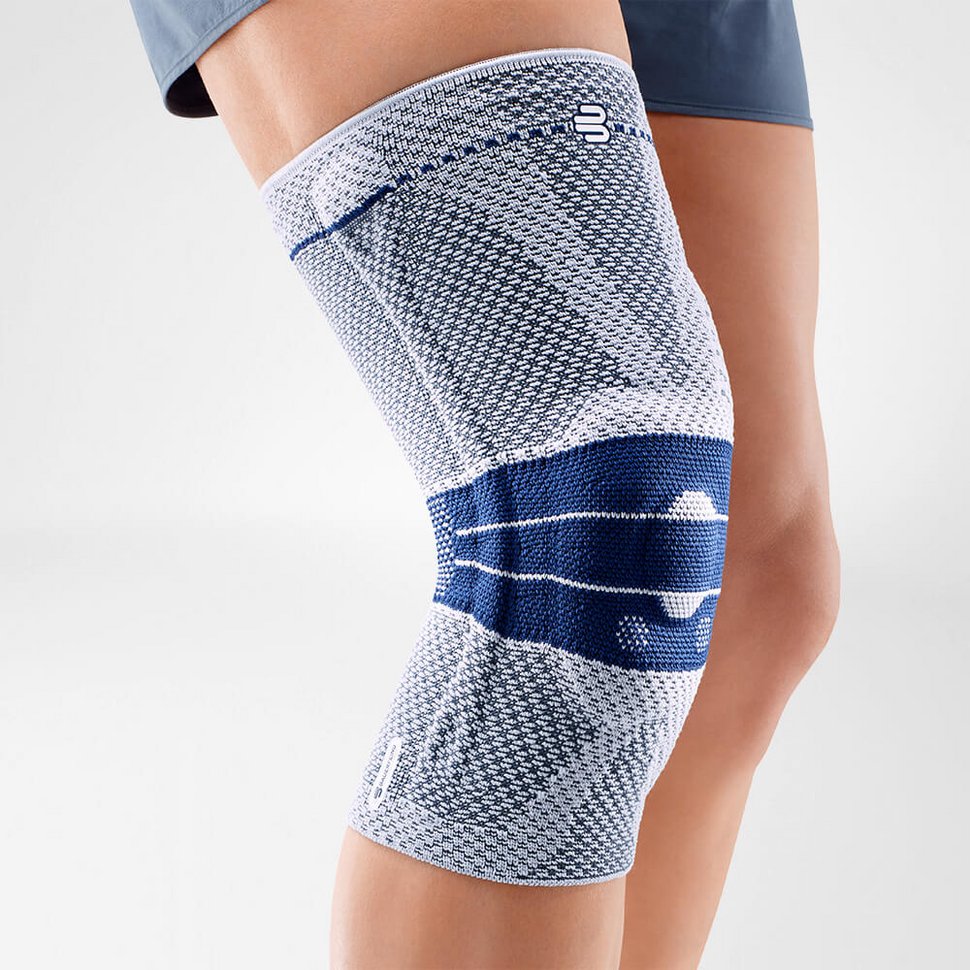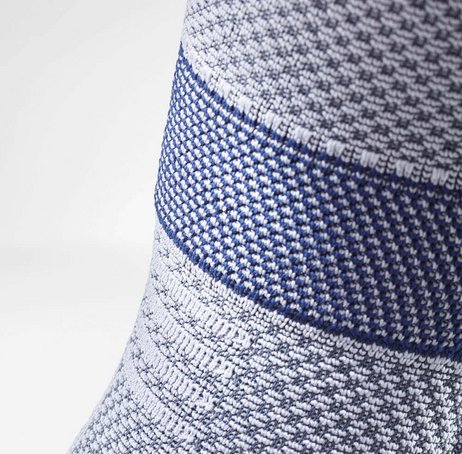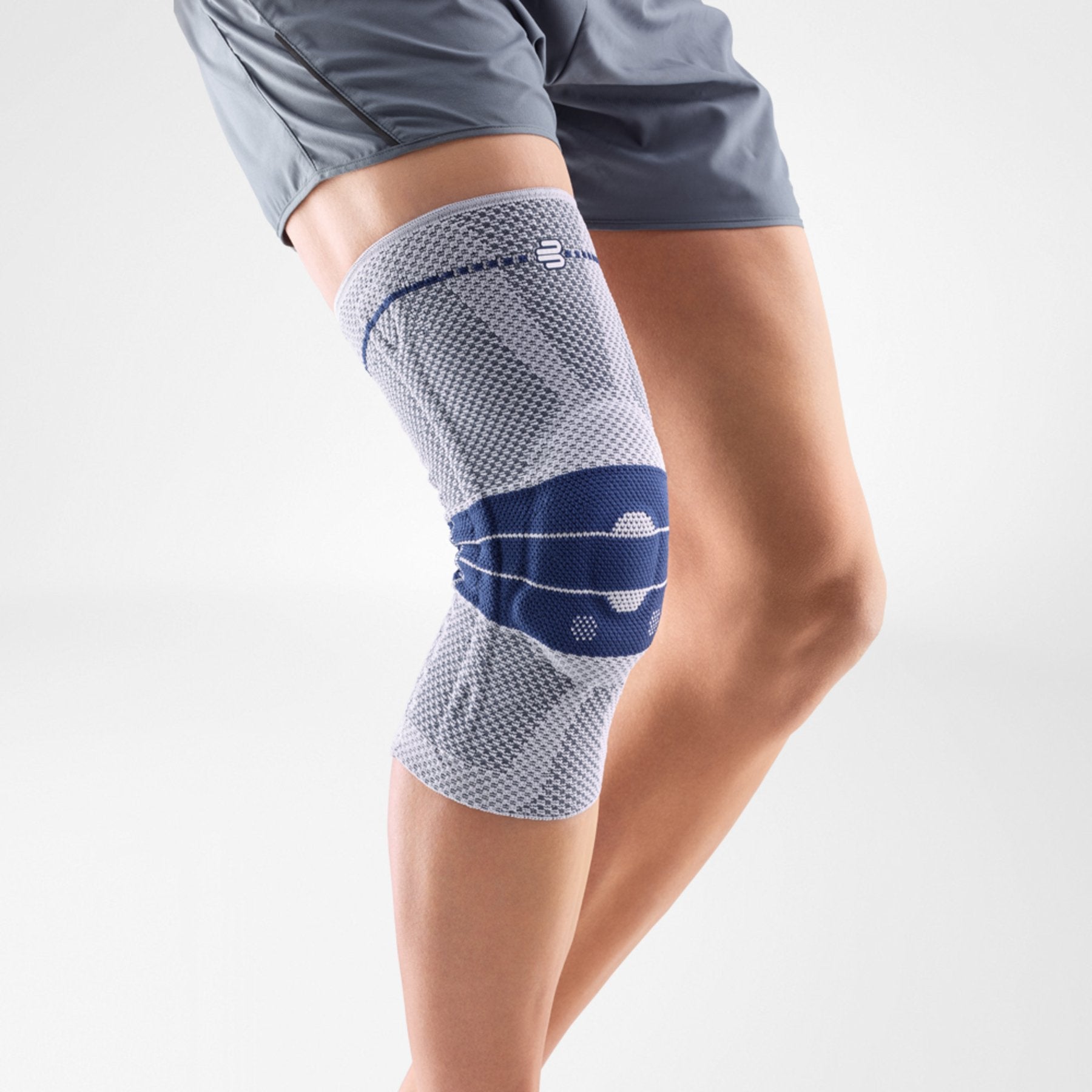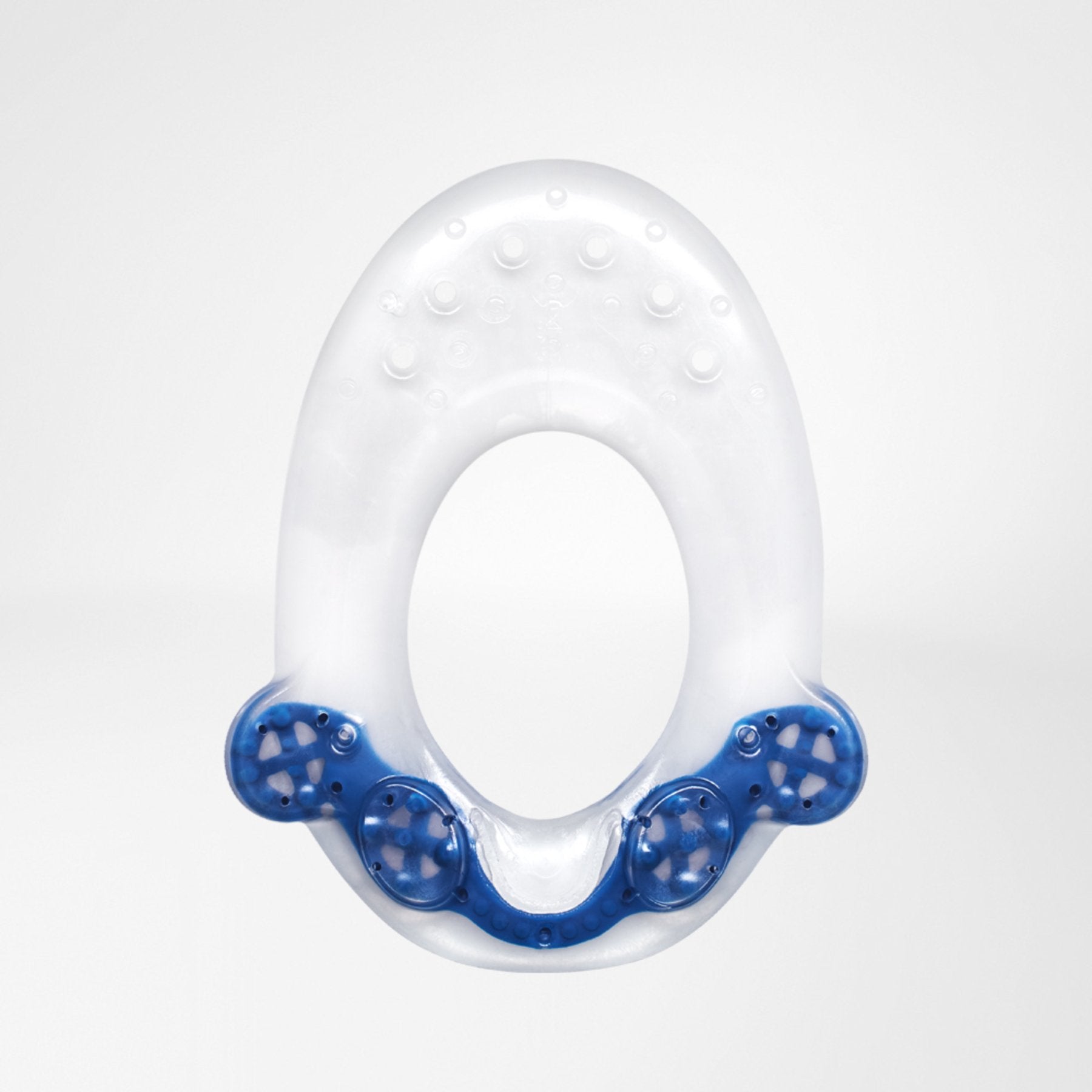HALLUX RIGIDUS: BIG TOE JOINT DISORDER
Our feet provide a strong foundation and support daily movements like walking, running and jumping. Long term wear and tear can lead to arthritis in the big toe joint.
This is often referred to as Hallux Rigidus. A patient suffering from this condition experiences pain in the big toe region under any external stress and can severely restrict mobility.
:max_bytes(150000):strip_icc()/foot-hand-pressing-on-to-alleviate-pain-185098828-57a3528c3df78c3276033b29.jpg)
CAUSES OF HALLUX RIGIDUS
Hallux rigidus (stiff big toe) is one of the most common conditions of the big toe. This arises from long term degeneration of the big toe, which leads to arthrosis. Some of the risk factors for developing Hallux Rigidus are:
- Improper footwear, including pointy and narrow shoes
- Poor proprioception and misalignment of the feet
- Injury and trauma
- Hereditary factors (family history)
- Pre-existing conditions like rheumatism, gout disease and obesity
*Note: Though the condition is consistent in both males and females, it is more common to make an early diagnosis in females and thus the severity of the condition is limited. Consequently, older males are more likely to be disproportionately affected by the chronic condition of Hallux Rigidus.
HALLUX RIGIDUS SYMPTOMS
Joints in the foot are resilient and are able to withstand large amounts of stress. However, long term exposure to the above risk factors can, unfortunately, lead to degeneration of the big toe joint.
MILD CASE SYMPTOMS OF HALLUX RIGIDUS
Common symptoms of Hallux Rigidus include:
- Pain under external stress, such as when walking - this pain is temporary but should not be overlooked
- Associated inflammation and swelling of the big toe
- Callosities
- Rubbing noises while walking as well as muscle jerking
A CHRONIC CASE OF HALLUX RIGIDUS SYMPTOMS
Hallux Rigidus has a debilitating effect on the quality of life of a patient. The damage to the bone is irreversible and immediate medical attention upon initial symptoms is highly recommended. The earlier the diagnosis, the better the prognosis.

DIAGNOSIS OF HALLUX RIGIDUS
A professional orthopedic specialist is the best person to contact regarding Hallux rigidus.
- An effective diagnosis begins with a thorough account of the symptoms and a complete physical examination of the affected foot.
- The specialist then conducts a complete family history to check for hereditary risks and pre-existing factors that could lead to the condition.
- Sophisticated imaging technology, including X-rays and MRI scanning, can be used to study the extent of the disease’s progression and to plan an effective treatment path.
HALLUX RIGIDUS (BIG TOE JOINT DISORDER) PAIN RELIEF & TREATMENT
The course of treatment depends entirely on the stage of the disease. A few measures that are helpful involve:
-
IMMOBILIZATION
In case the condition arises from physical trauma or sporting accident, taking pressure off the injured foot is the best first measure. This prevents excessive stress on the injured area. Ample rest and suspension of the joint, using a medical orthopedic insole, is highly recommended and can facilitate a smooth recovery.
-
COOLING
Applying an ice pack on the affected area is highly effective in managing the edema caused by the injury. It soothes the joint and can provide temporary relief to the patient.
-
PRESCRIPTION PAINKILLERS
Patients with Hallux rigidus experience pain and discomfort. Prescribed painkillers, like Ibuprofen, can help manage the pain and provide some relief. Application of anti-inflammatory ointments and balms help to control swelling and soothe the big toe joint temporarily. However, prescribed pain killers do not address the underlying condition.
-
PRESCRIBED PHYSIOTHERAPY
Rehabilitation is very important to ensure complete healing and to manage the long term consequences of the condition. Prescribed physiotherapy exercises help strengthen the joint and alleviate various symptoms. Balneotherapy (e.g. Sulphur or radon baths) has been proven to counteract the signs of wear and tear in inflamed joints.
In cases of muscle degeneration due to long periods of immobilization, like in a cast, physiotherapy helps a patient regain mobility and strength in the lower body.
-
MEDICAL ORTHOPEDIC INSOLES
Orthopedic insoles and aids, like Bauerfeind’s ErgoPad Redux Hallux 2 insole and ValguLoc II splint, have proven to be highly effective tools in both preventing and providing relief to affected joints, by encouraging healthy proprioception and reducing stress on the compromised joint.
-
CORTISONE SHOT FOR HALLUX RIGIDUS
Infusion therapy is also another course of treatment that has proven effective in some patients. Local anesthetics and medicines containing cortisone are injected directly into the affected region.
A patient feels immediate relief and most symptoms can be managed effectively. However, infusion therapy carries a significant risk of infection and should be considered only after exhausting all conservative treatments.
-
SURGICAL INTERVENTION
Surgery should be the last resort and considered only in chronic cases where there are excessive wear and tear of the toe joint ligaments.
PREVENTION OF HALLUX RIGIDUS
Understanding the symptoms and acting on the first sign of Hallux Rigidus is very effective in preventing the disease from progressing further.
Patients are highly advised to evaluate the risk factors, such as high-intensity contact sports or poor proprioception, and take measures to protect the big toe joint.
Good footwear and orthotic insoles during high impact activities could go a long way in preventing the condition.
HALLUX RIGIDUS SPLINT AND INSOLE
Immobilization of the joint helps effectively manage the inflammatory process. Bauerfeind's ErgoPad redux hallux insole provides stability and minimizes the movement of the big toe joint during walking movements.
The insole integrates a stiffening agent that numbs the joint and provides pain relief. The insole is tough and prevents the heel from levering out of the shoe, encouraging the natural rolling movement during walking or running.

Bauerfeind's ValguLoc II toe splint also helps to relieve the big toe joint during rest and movement. It features an adjustable joint which holds the toe at a predetermined angle, at which extension and flexion are prevented or can be permitted gradually through the recovery process.

Together, these Bauerfeind orthoses ensure even footing and protect against overloading in the future.

